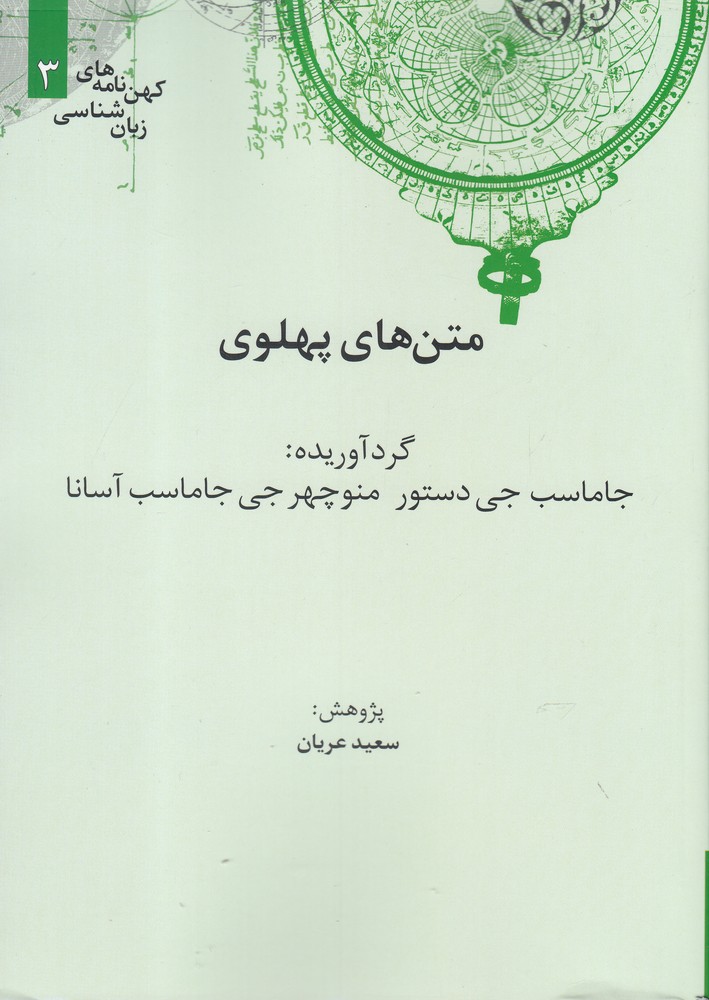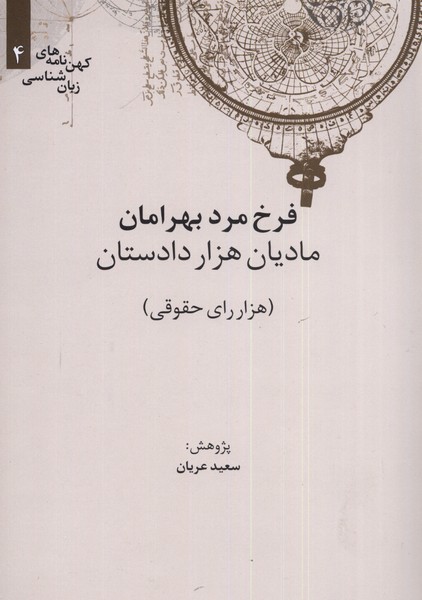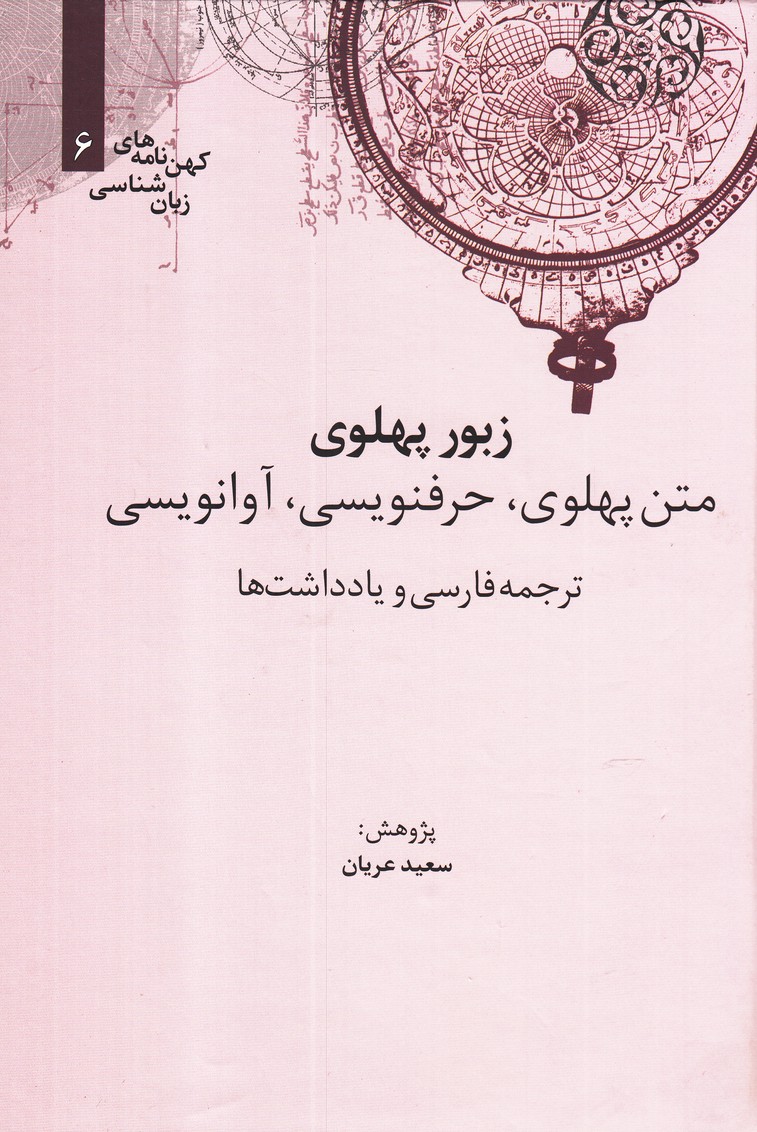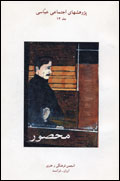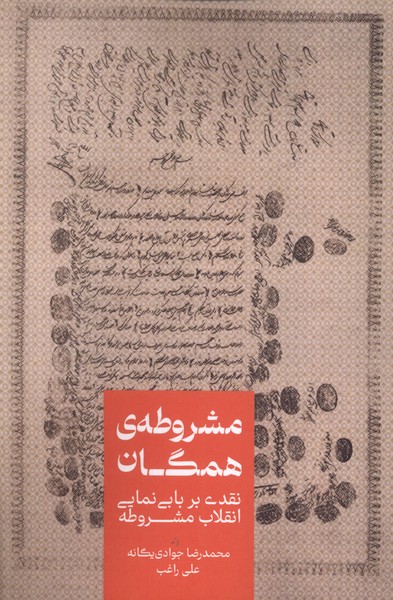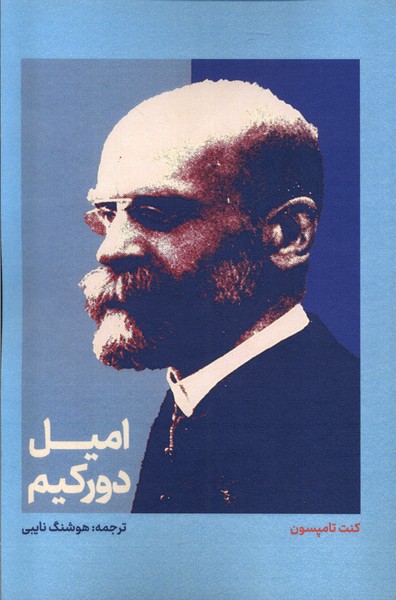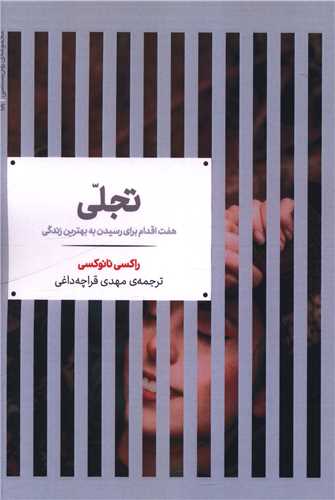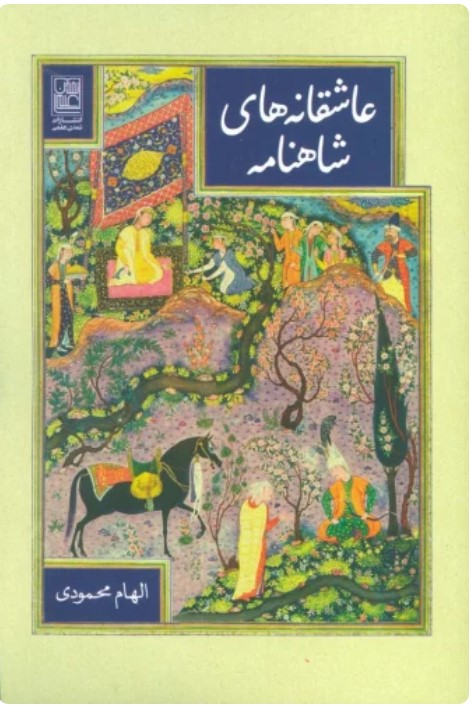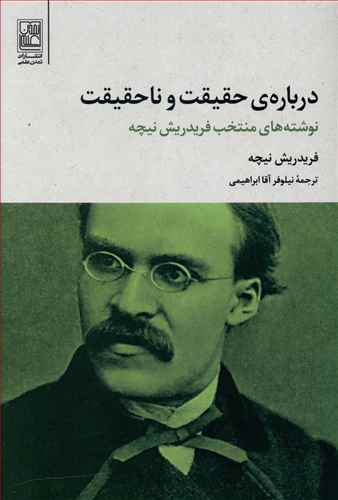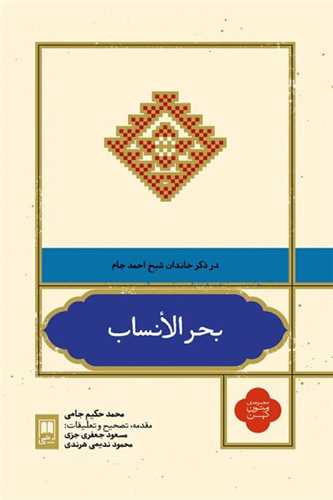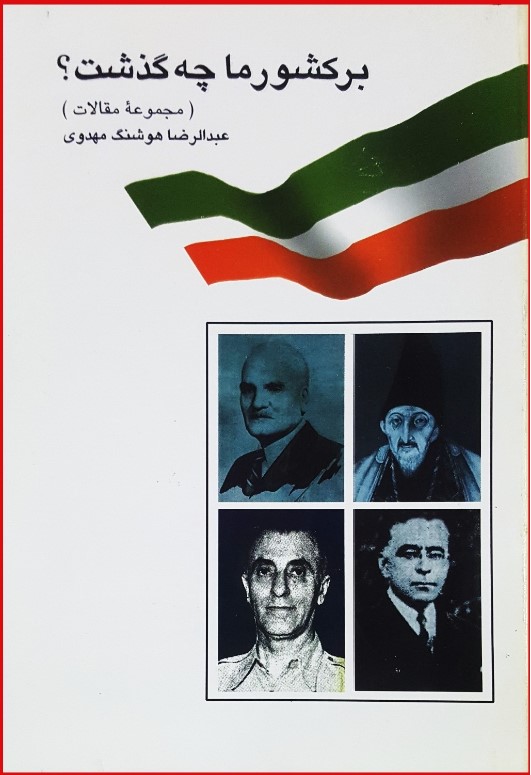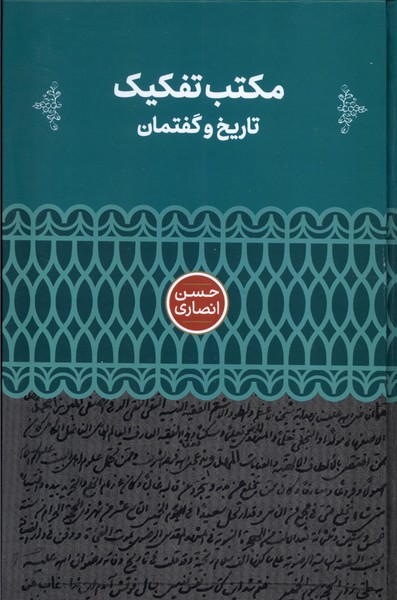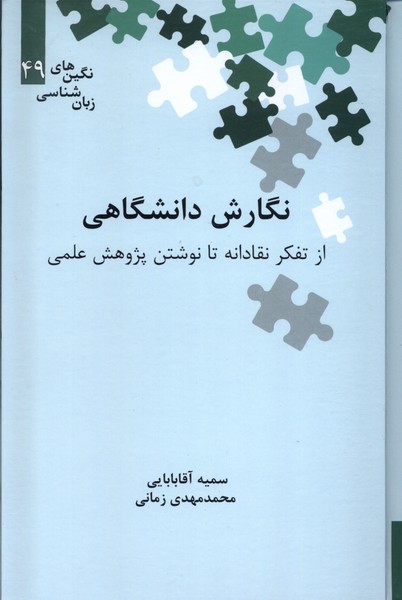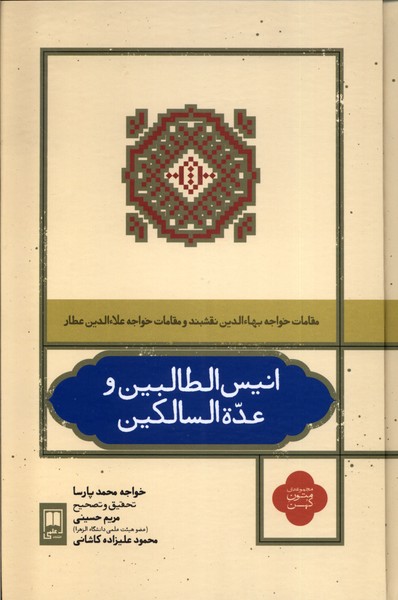Matn'hā-yi Pahlavī: Persian 1399
متنهای پهلوی
19.59 £
Share
Wishlist
The "Old Persian language" with which the Achaemenid inscriptions were written, in later periods, by accepting some changes, became the "Pahlavi language" or "Middle Persian language". "Middle Persian language" is the direct ancestor of "modern Persian language" and the intermediary between "ancient Persian language" and "modern Persian language". Pahlavi or Middle Persian language is a form of Persian language. In other words, today's Persian language is a more evolved form of Middle Persian language. The Middle Persian language, which was the common language of communication throughout the Sassanid Empire, is one of the Iranian languages that, according to definition, has been prevalent since the beginning of the Parthian period, first in the southwest of Iran, and then during the Sassanid period as the official language of the Iranian Empire until the beginning of Islam. . The origin of this language, which is considered a child of the ancient Persian language, was the land of Persia. During the Parthian period, Middle Persian was a local language, and by accepting influences from the Parthian Pahlavi language, it became the official language of the Sassan Empire during the Sassanid period. Inscriptions and documents of the Sasanian Empire and many books were written in this language. With the rise of the Sassanids and for several centuries after Islam, Iranians continued to produce scientific, religious and artistic works in this language.
This book is a collection of thirty two small and large Pahlavi texts.
more
«زبان پارسی باستان» که کتیبه های هخامنشی با آن نوشته شده است، در دوره های بعد با پذیرفتن دگرگونی هایی، به «زبان پهلوی» یا «زبان پارسی میانه» تبدیل شد. «زبان پارسی میانه» نیای مستقیم «زبان پارسی امروز» و واسطه ی میان «زبان پارسی باستان» و «زبان پارسی امروز» است. زبان پهلوی یا پارسی میانه شکلی از زبان پارسی است.؛ و به عبارت دیگر، زبان پارسی امروزی شکل تحول یافته تر از زبان پارسی میانه است. زبان پارسی میانه که زبان ارتباطی مشترک در سرتاسر شاهنشاهی ساسانی بود، یکی از زبان های ایرانی است که بنا به تعریف، از اوایل دوران اشکانی نخست در جنوب غربی ایران و سپس در زمان ساسانیان به عنوان زبان رسمی شاهنشاهی ایران تا صدر اسلام رواج داشته است. خاستگاه این زبان که فرزند زبان پارسی باستان به حساب می آید، سرزمین پارس بود. در دوران اشکانیان، زبان پارسی میانه زبانی محلی بود و با پذیرفتن تاثیراتی از زبان پهلوی اشکانی، در زمان ساسانیان به جایگاه زبان رسمی شاهنشاهی ساسان دست یافت. کتیبه ها و سندهای شاهنشاهی ساسانی و بسیاری از کتاب ها به این زبان نوشته می شد. با برافتادن ساسانیان و تا چند سده پس از اسلام، ایرانیان همچنان به تولید آثار علمی، دینی و هنری به این زبان ادامه دادند.
این کتاب مجموعه سی و دو متن کوچک و بزرگ پهلوی میباشد.
more

